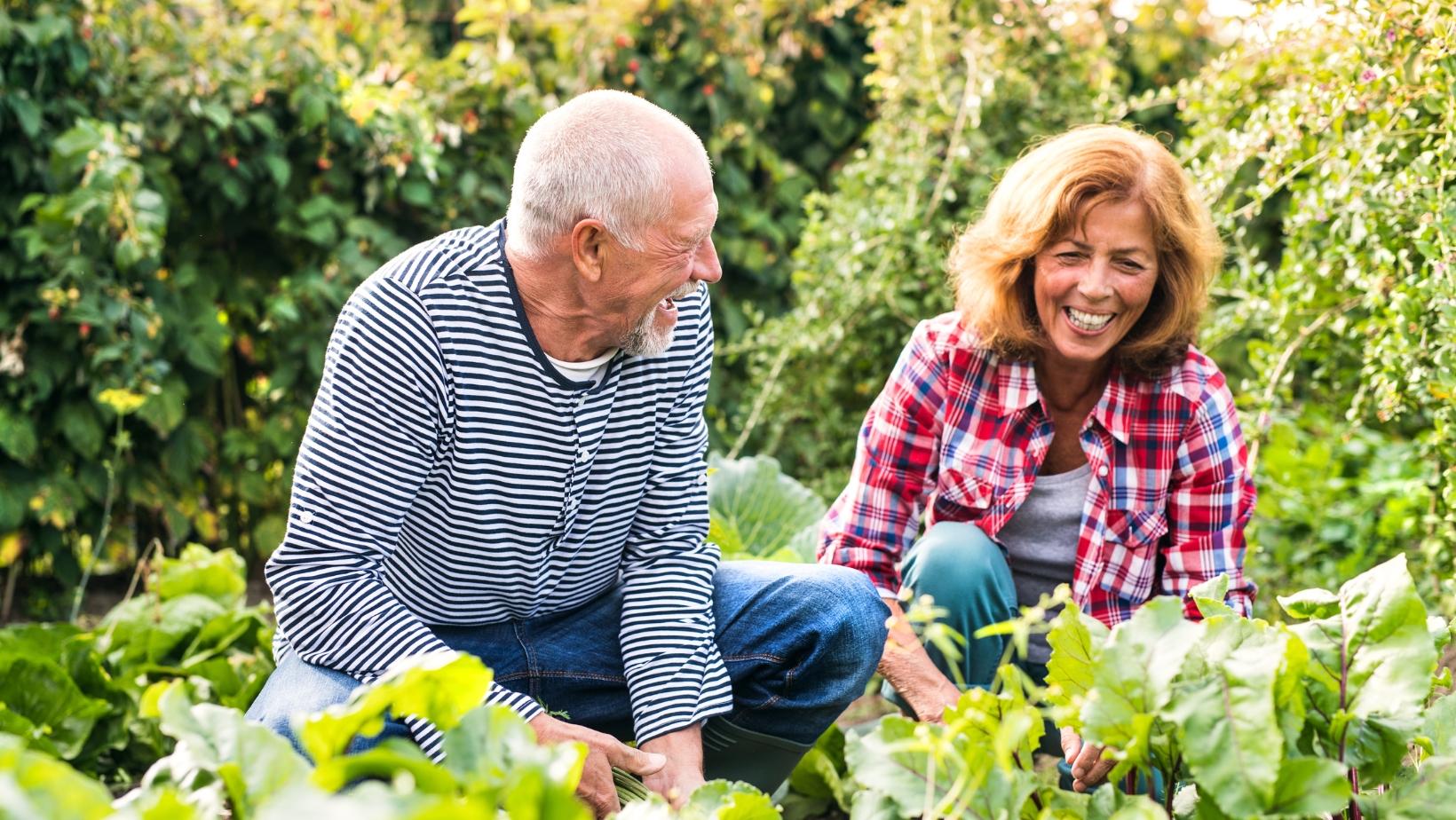Introduction
Gardening is often viewed as a leisure activity, but research shows it is much more than that—it is a form of physical exercise and mental therapy. From digging, planting, and weeding to watering and harvesting, gardening provides a full-body workout while also promoting mental well-being, stress relief, and emotional healing.
Spending time in a garden not only engages the body but also nurtures the mind, making it one of the most accessible and holistic ways to improve both physical and mental health. This article explores how gardening serves as both exercise and therapy, backed by scientific research and expert insights.
The Physical Benefits of Gardening
1. Provides Moderate-Intensity Exercise
– Why it matters: Gardening activities like digging, raking, and lifting provide cardiovascular benefits similar to walking or cycling.
– A study in The American Journal of Public Health found that gardening burns 200-400 calories per hour, making it a moderate-intensity physical activity (Park et al., 2019).
2. Improves Strength, Flexibility, and Coordination
– Why it matters: Regular gardening strengthens muscles, improves balance, and enhances flexibility.
– Activities like squatting, bending, and reaching engage core and lower-body muscles, improving mobility.
3. Reduces Risk of Chronic Diseases
-Why it matters: Gardening lowers the risk of heart disease, obesity, and diabetes.
– A study in The Journal of Aging and Physical Activity found that older adults who garden regularly have a 30% lower risk of developing cardiovascular disease (Nicklett et al., 2020).
4. Encourages Outdoor Activity and Sunlight Exposure
– Why it matters: Sunlight boosts vitamin D levels, which support bone health and immune function.
– Morning gardening is especially beneficial, providing natural light exposure that helps regulate sleep cycles.
The Mental Health Benefits of Gardening
1. Reduces Stress and Anxiety
– Why it helps: Gardening lowers cortisol levels, the hormone responsible for stress.

– A study in The Journal of Health Psychology found that people who gardened for 30 minutes reported a 40% decrease in stress compared to those who engaged in indoor activities (Van Den Berg et al., 2021).
2. Boosts Mood and Decreases Depression
– Why it helps: Gardening stimulates dopamine and serotonin production, which enhance mood and promote relaxation.
– A study in Nature Medicine found that horticultural therapy reduces depressive symptoms in 70% of participants (Clatworthy et al., 2019).
3. Encourages Mindfulness and Present-Moment Awareness
– Why it helps: Gardening requires focus on the present moment, helping individuals reduce overthinking and practice mindfulness.
– The repetitive nature of gardening, such as weeding or planting, induces a meditative state.
4. Provides a Sense of Accomplishment and Purpose
– Why it helps: Watching plants grow provides a sense of achievement and improves self-esteem and confidence.
– Caring for a garden gives individuals a daily routine and sense of responsibility, which is beneficial for mental health recovery.
5. Increases Social Connections and Reduces Loneliness
– Why it helps: Community gardening projects provide opportunities for social interaction and support.
– Studies show that people who participate in shared gardening activities experience higher levels of happiness and life satisfaction (Hawkins et al., 2020).
How to Incorporate Gardening Into a Healthy Lifestyle
1. Start Small and Enjoy the Process
– Begin with potted plants, herbs, or a small flower bed.
– Focus on progress, not perfection, and enjoy the sensory experience of gardening.
2. Make Gardening a Regular Habit
– Dedicate 20-30 minutes a few times a week to gardening.
– Set specific goals, like growing a vegetable, maintaining a flower garden, or caring for indoor plants.
3. Combine Gardening with Mindfulness Practices
– Practice deep breathing while watering plants.

– Engage the senses by noticing textures, colors, and fragrances.
4. Join a Gardening Community or Volunteer at a Garden Project
– Community gardens provide opportunities to connect with others and share experiences.
– Volunteering at therapeutic gardens can improve mental health and give a sense of purpose.
5. Use Gardening as a Form of Therapy
– Individuals experiencing grief, anxiety, or depression can use gardening as a therapeutic activity.
– Horticultural therapy is now being integrated into mental health treatment programs worldwide.
Conclusion
Gardening is a powerful yet simple way to enhance physical and mental well-being. It offers a blend of exercise, relaxation, mindfulness, and social connection, making it a holistic therapy for stress relief and emotional healing.
Whether tending to a backyard garden, indoor plants, or a community project, gardening provides a sense of accomplishment, purpose, and peace. By incorporating it into daily life, individuals can experience stronger mental clarity, improved mood, and better overall health.
References:
– Park, S. A., et al. (2019). Gardening and Physical Activity. The American Journal of Public Health.
– Nicklett, E. J., et al. (2020). Cardiovascular Benefits of Gardening. The Journal of Aging and Physical Activity.
– Van Den Berg, A., et al. (2021). Stress Reduction Through Gardening. The Journal of Health Psychology.
– Clatworthy, J., et al. (2019). Horticultural Therapy and Depression. Nature Medicine.
– Hawkins, J. L., et al. (2020). The Social Benefits of Community Gardening. Health & Place.



